Here’s Every Living or Extinct Creature Named After David Attenborough
The most recent addition is a tiny fossilized crustacean.
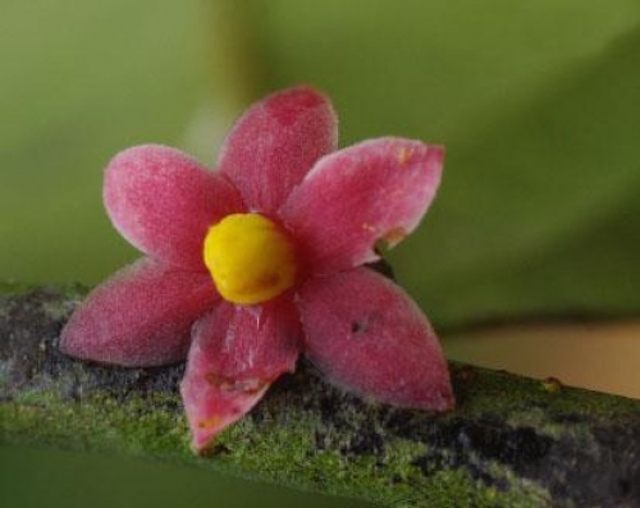
One of the beautiful quirks of biology is that the person who discovers a new species gets to name it. And sometimes, maybe to call attention to their discovery, maybe to honor an idol, maybe because it’s just fun, biologists name plants and animals, living and extinct, after famous people.
The world has a wasp named after Henry Wadsworth Longfellow, a beetle named after Pope John Paul II, a spider named after Arnold Schwarzenegger, a fish named after Al Gore, and an extinct hermit crab named after Michael Jackson. Most celebrities get just one random creature named after them; only about 50 people, living or dead, have more than two creatures named after them. Only nine people have five or more namesake creatures.
Mostly they are world leaders–Teddy and Franklin D. Roosevelt, Barack Obama, and Nelson Mandela. There’s no official list, but, based on Atlas Obscura’s research, it seems that Thai Princess Maha Chakri Sirindhorn has more creatures named after her than any other celebrity in history. But coming in at a close second is the naturalist David Attenborough, a natural candidate for this particular honor, which he has called the “biggest of compliments that you could ask from any scientific community.”
Among the creatures named after Attenborough are a wildflower, a carnivorous pitcher plant, a flightless weevil, an extinct pygmy locust and an echidna. There is an Attenborosaurus, and most recently, an Attenboroughi butterfly. In total, as of 2017, there are at least 18 species, current or extinct, named after David Attenborough.* Here they are.
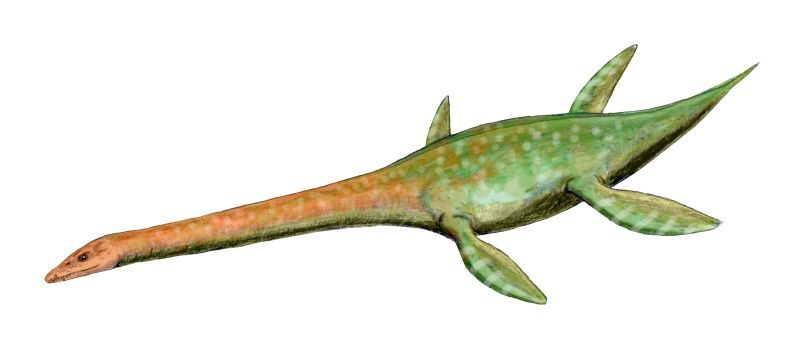
1. The dinosaur: Attenborosaurus
Described in 1993
Attenborosaurus’ fossilized bones, which were originally identified as a type of Plesiosaurus, were destroyed in World War II. But someone had made a cast, and many decades later, paleontologists studying the dinosaur’s oh-so-smooth skin determined it was its own species. Attenborosaurus would have had a long neck, flippers and sharp teeth—basically an awesome underwater dinosaur.
2. The long-beaked echidna: Zaglossus attenboroughi
Described in 1998
Sir David’s long-beaked echidna. or spiny anteater, is rarely seen and critically endangered; a scientific expedition in 2007 did find evidence of its continued existence, although no one on the trip actually saw one. But they found burroughs!
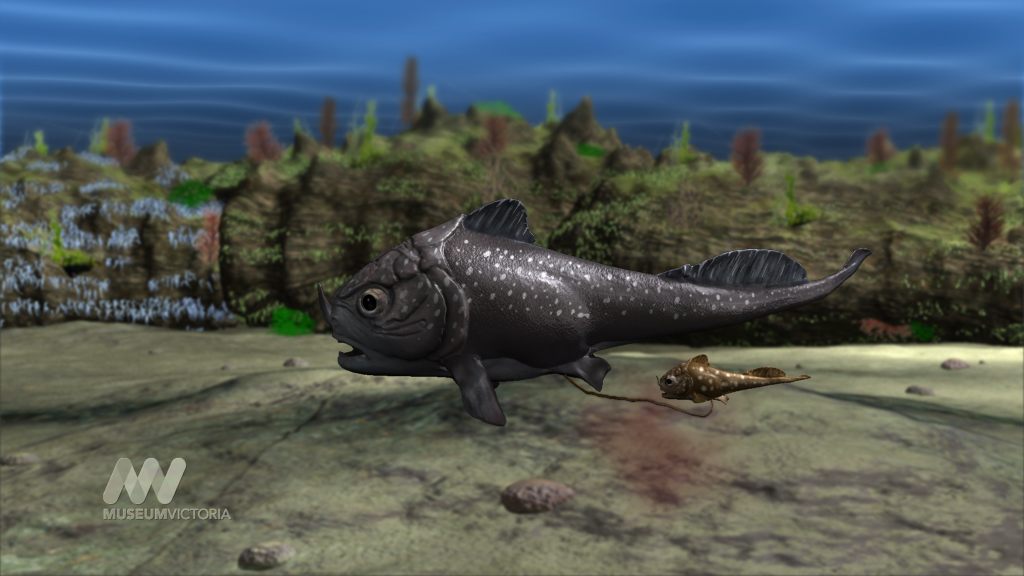
3. The extinct armored fish: Materpiscis attenboroughi
Described in 2008
Found in Australia, the fossil of this ancient fish, which lived 380 million years ago and had armor around its head, included an embryo attached to its mother by an umbilical cord. Cute!
4. The tree flower: Blakea attenboroughi
Described in 2009
These flowers are hauntingly beautiful and found only in Ecuador. They were discovered by a botanist working with the World Land Trust, which described Attenborough as its “patron.”

5. The carnivorous pitcher plant: Nepenthes attenboroughii
Described in 2009
Attenborough’s pitcher plant is found on only one mountain in the Philippines and is gigantic enough to digest rats and shrews. Do not mess with this plant.
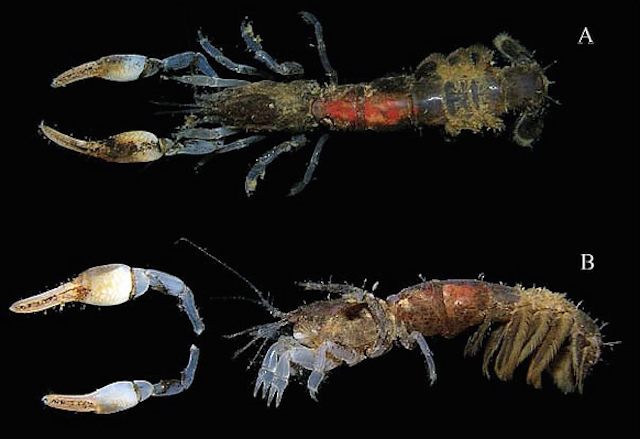
6. The ghost shrimp: Ctenocheloides attenboroughi
Described in 2010
The only specimen of this excellent ghost shrimp was “extracted from a large, mud-cemented piece of rubble collected at a depth of 1.5 meters in a mangrove-fringed bay east of Helville, Nosy-Bé, in northwestern Madagascar.”
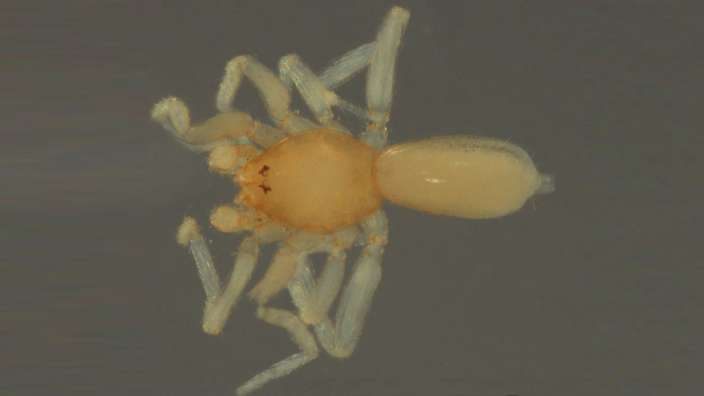
7. The goblin spider: Prethopalpus attenboroughi
Described in 2012
This spider is just over one millimeter long! And can be found on an island off the coast of Australia.
8. The gnatcatcher: Polioptila attenboroughi
Described in 2013
Gnatcatchers are a type of small birds that live in North and South America; this one has a song that can be distinguished from similar birds’, but its primary distinction is genetic.

9. The extinct pygmy locust: Electrotettix attenboroughi
Described in 2014
In the 1950s, an entomologist traveled to the Dominican Republic and brought 160 pounds of amber, 18 to 20 million years old, back to the United States. When scientists started searching through it a few years ago, they found, among flies, bees, ants, wasps, and spiders, a tiny locust “the size of a rose thorn” with vestigial wings.

10. The flightless weevil: Trigonopterus attenboroughi
Described in 2014
Another tiny Attenbourghi! This one is just 2.14 millimeters long.

11. The flowering plant genus: Sirdavidia
Described in 2015
This year, the naturalist had an entire genus—the taxonomic category above species—named after him. Sirdavidia plants are characterized by “fully reflexed red petals” and “16–19 bright yellow, loosely arranged stamens forming a cone” among other features.
12. The wildflower: Hieracium attenboroughianum
Described in 2015
These pretty yellow flowers were actually discovered in 2004, but it took a decade to show that they were a unique species. It’s the only living species from Britain to be named after David Attenborough.
(Photo: Courtesy of Macquarie University)
13. The flat lizard: Platysaurus attenboroughi
Described in 2015
This lizard, which lives in Namibia, is pretty flashy, compared to some of the teeny tiny creatures that came before it.
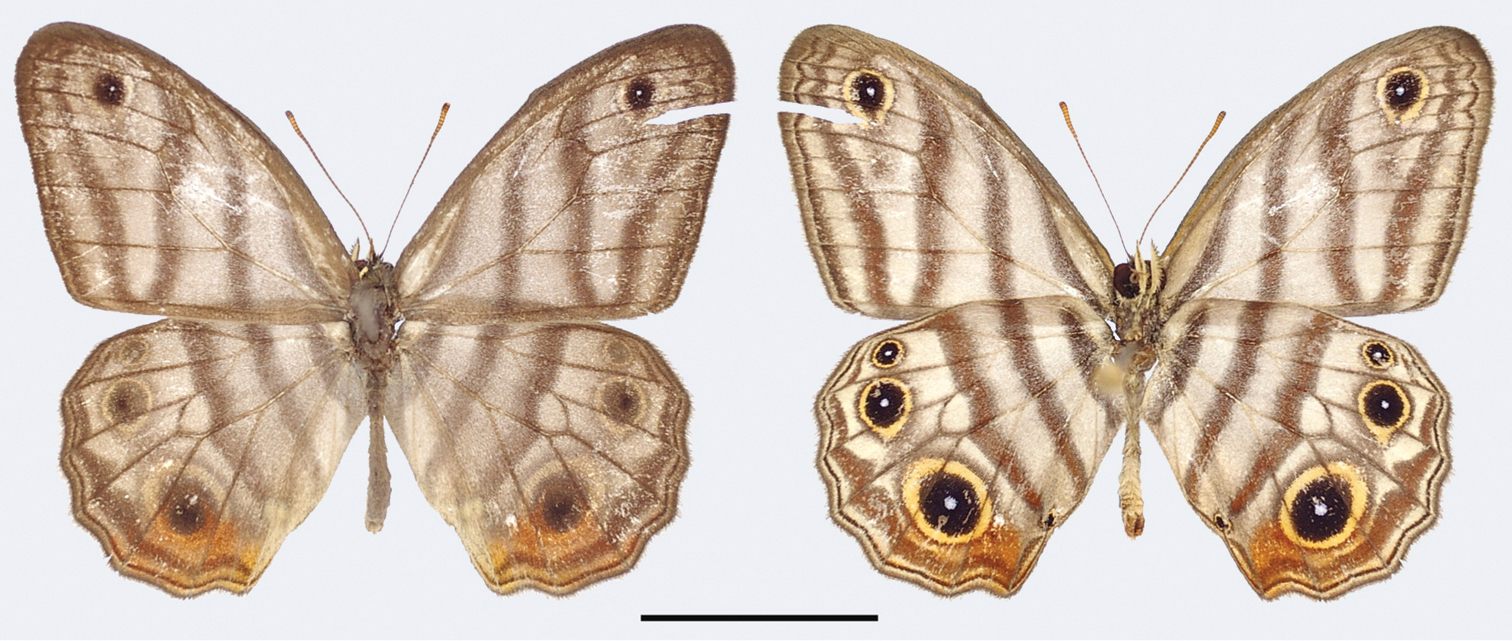
14. The butterfly: Euptychia attenboroughi
Described in 2015
Like many of its predecessors, the newest creature to join the menagerie of Attenborough namesakes is very rare and very awesome.

15. The miniature marsupial lion: Microleo attenboroughi
Described in 2016
Now extinct, this kitten-sized animal “likely ran through the treetops, gobbling up birds, frogs, lizards and insects,” according to the BBC.
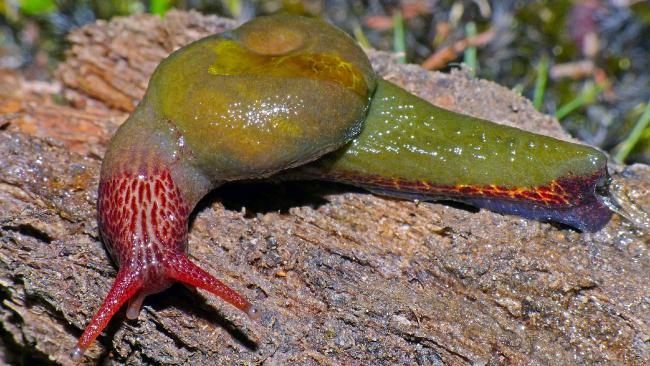
16. The snail: Attenborougharion rubicundus
Described in 2017
The snail was discovered in a remote rainforest in Tasmania; it is technically a “semi-slug,” reports The Australian.
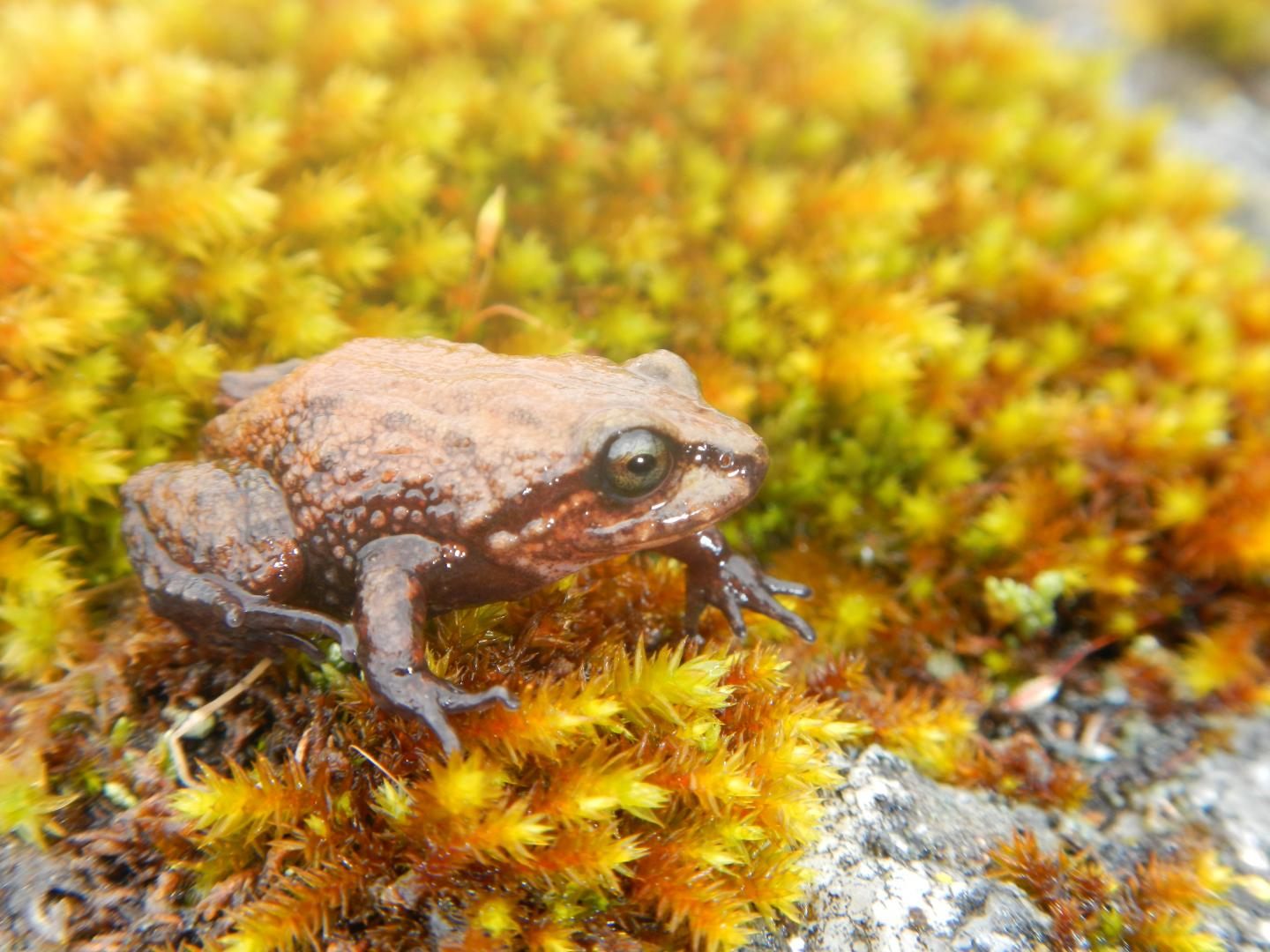
17. The rubber frog: Pristimantis attenboroughi
Described in 2017
This frog, discovered in the Peruvian Andes, is the first amphibian to join the Attenborough club. It’s found in the Pui Pui Protected Forest; the males grow no larger than about 2 cm, while females can reach 2.3 cm.

18. The ancient crustacean: Cascolus Ravitis
Described in 2017
This tiny arthropod measured about .4 inches long. Found fossilized by volcanic ash, the specimen that researchers discovered is thought to be 430 million years old. As the BBC explains, Cascolus is “a Latin rendering of the Old English equivalent to Attenborough.”

19. The Cretaceous damselfly: Mesosticta davidattenboroughi
Described in 2017
A fossil of this newly discovered species of prehistoric insect were found preserved in amber in Myanmar’s Hukawng Valley. Attenborough is known to favor dragonflies; he’s president of the British Dragonfly Society. The researchers who discovered this new species also wanted to honor Attenborough’s 90th birthday.
*Updated from original story in 2017.
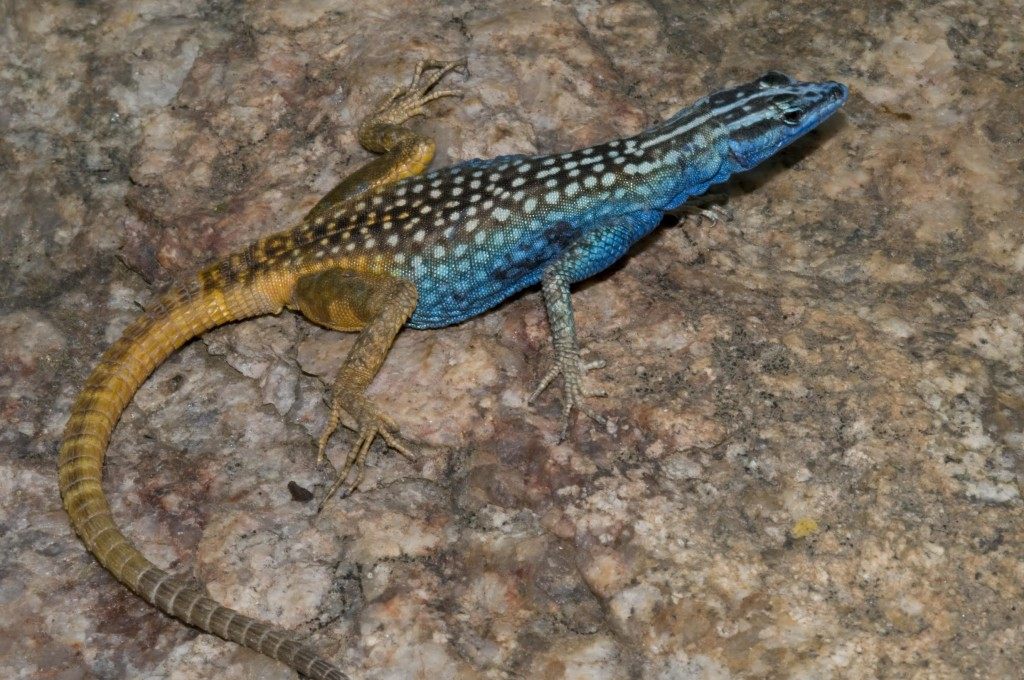




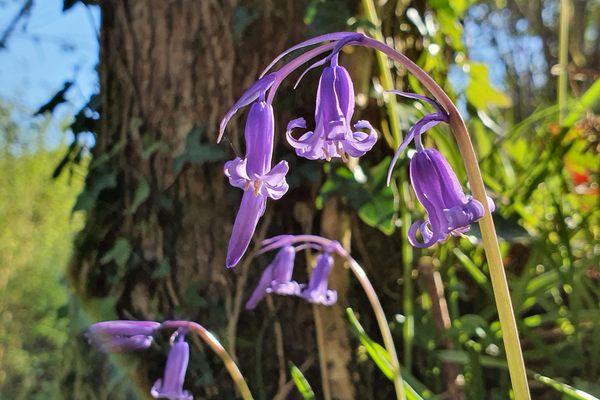


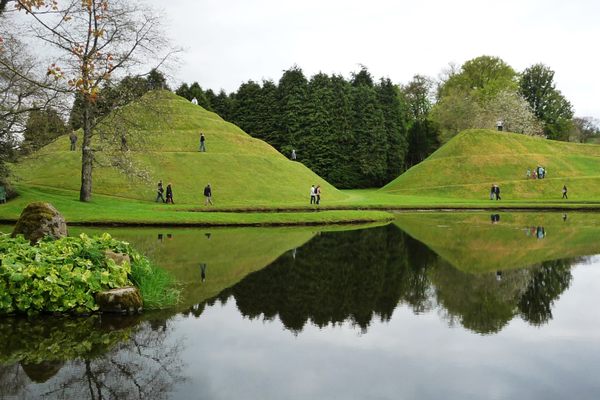
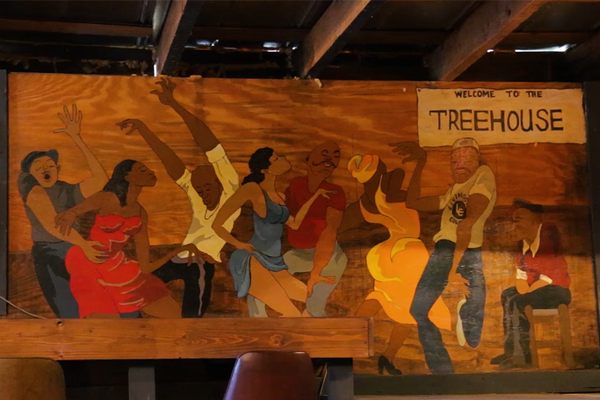


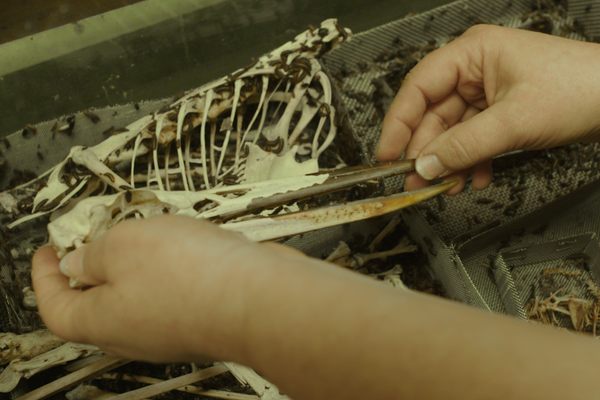
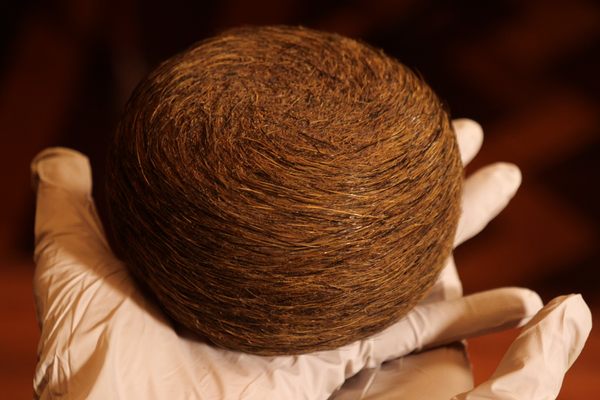
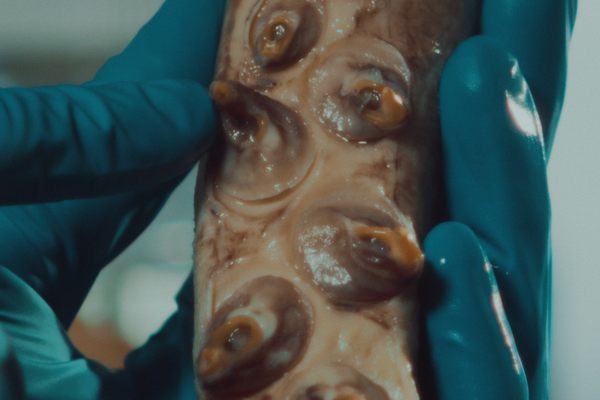


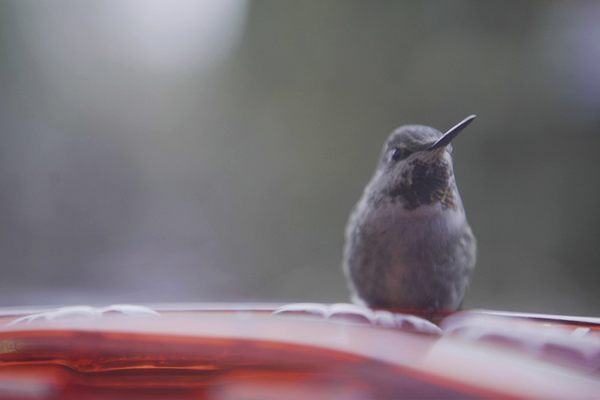
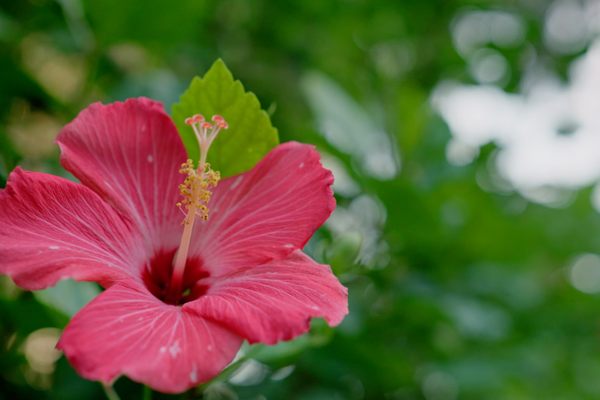
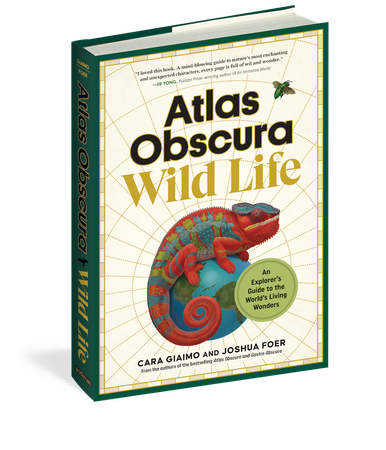
Follow us on Twitter to get the latest on the world's hidden wonders.
Like us on Facebook to get the latest on the world's hidden wonders.
Follow us on Twitter Like us on Facebook